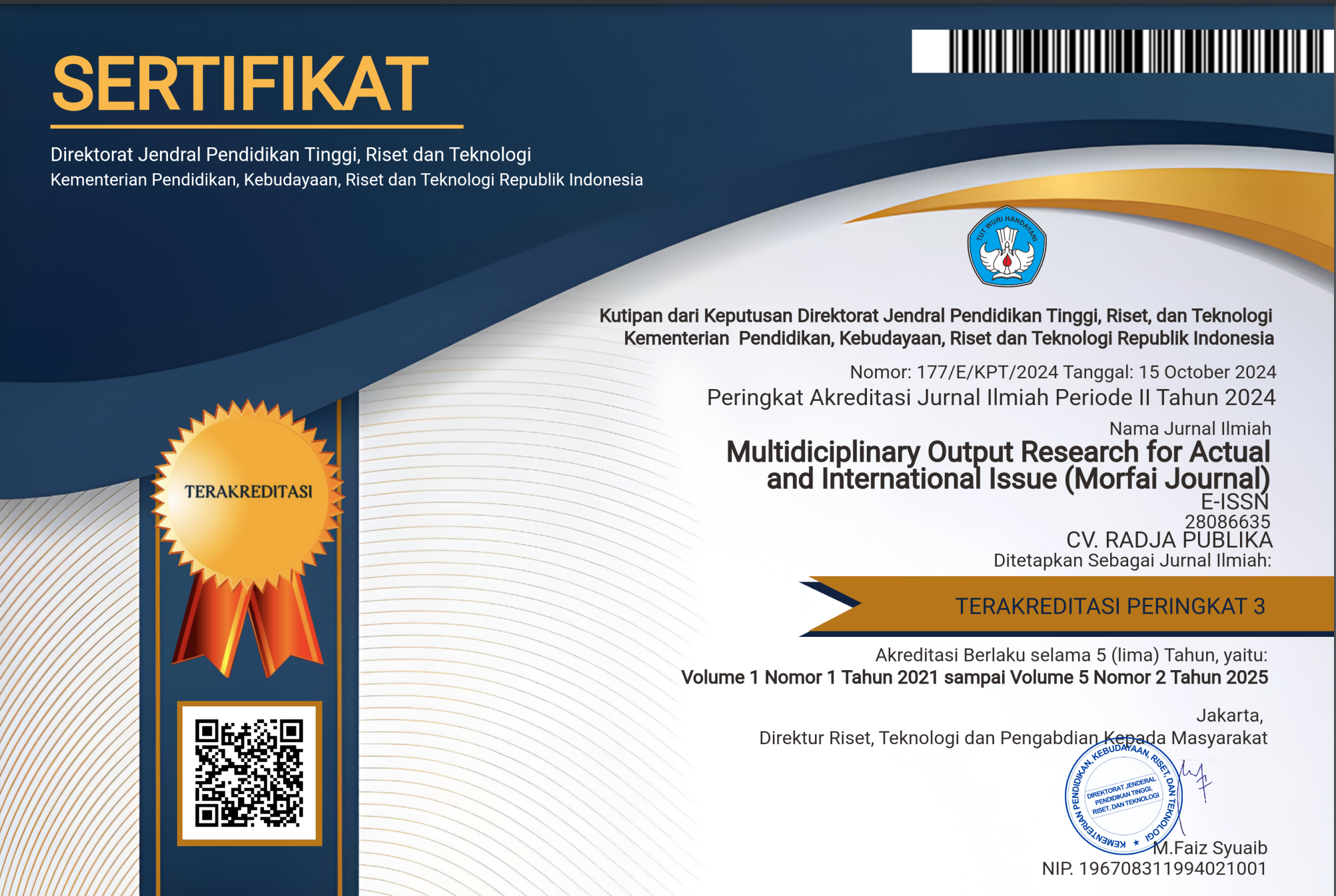EVALUATION OF LAND SUITABILITY FOR OIL PALM (ELAEIS QUINEENSIS JACQ) IN TANJUNG SIRAM VILLAGE BILAH HULU DISTRICT LABUHANBATU
Main Article Content
Ahmad Ridho Tambunan
Fitra Syawal Harahap
Yudi Triyanto
Badrul Ainy Dalimunthe
Currently, the government continues to encourage the development of oil palm plantation areas with the aim of boosting domestic economic activity. Tanjung Siram has a large area of land and has the potential to be developed into plantations, especially oil palm plantations. This regency has a land area of 1056 ha. Therefore, an evaluation of land suitability needs to be carried out in order to know the actual and potential land suitability class recommendations for oil palm plantations in that village. The stages in the research included secondary data collection, pre-survey, main survey and soil analysis in the laboratory. Land suitability classification is done by matching method. From the research results it is known that the limiting factors in the actual land suitability class at the study site were temperature, water availability, nutrient retention, and erosion hazard. After improvements have been made with good land management, the land suitability class can be increased with a potential land suitability class, which was previously classified as S3, increased to S2, and previously classified as S2, can be increased to S1. Thus, to obtain good oil palm growth in this region, it is necessary to improve the limiting factors on each land.
Citarum-Ciliwung River Basin Management Center (BP-DAS). 2009. Integrated Citarum Watershed Management Plan. Book 1: Main Report. BP DAS Citarum-Ciliwung, Bogor. 196 pages.
Central Bureau of Statistics. 2018. Dhar- society in figures 2018.Labuhanbatu Regency: Central Statistics Agency.
Central Statistics Agency of North Sumatra Province. 2021. North Sumatra Province in Figures 2021. North Sumatra: Central Statistics Agency.
BAPPEDA. 2016. Regional Spatial Planning. Labuhanbatu Regency: Labuhanbatu.
Djaenudin, DM 2011. Technical Guidelines for Land Evaluation for Agricultural Commodities. Bogor: Center for Agricultural Land Resources Research and Development, Agricultural Research and Development Agency.
D. J. Tarigan. 2017. Diversity of Ground Cover Vegetation Growth on Different Land Slopes in Oil Palm Plantations. Scientific Repository IPB.
Hardjowigeno. 2007. Land Evaluation and Land Use Planning. Bogor: IPB Press
(2007). Land Suitability Evaluation and Land Use Planning.Yogyakarta: Gadjah Mada University Press.
A. Harahap, P. Hrp, NKAR Dewi, Macrozoobenthos diversity as an bioindicator of the water quality in the River Kualuh Labuhanbatu Utara, International Journal of Scientific & Technology Research, 9(4), 2020, pp. 179-183.
Harahap, Arman ,2018, Macrozoobenthos diversity as bioindicator of water quality in the Bilah river, Rantauprapat, Medan. J. Phys.: Conf. Ser. 1116 052026.
Harahap, et, all, Macrozoobenthos diversity as an bioindicator of the water quality in the Sungai Kualuh Labuhanbatu Utara, AACL Bioflux, 2022, Vol 15, Issue 6.
Harahap, A. 2020. Species Composition & Ecology Index Of The Family Gobiidae At The Mangrove Belawan Of Sicanang Island International Journal of Scientific & Technology Research Volume 9, Issue 04, April 2020.
Mukhlis. 2007. Soil and Plant Analysis. USU press, Medan. 155 pp.
Munawar, A. 2013. Soil Fertility and Plant Nutrition. IPB Press, Bogor.
Rayes, ML 2007. Land Resource Inventory Method. Andi Publisher. Yogyakarta. 298
Sutanto, R. 2005. Basics of Soil Science. YYogyakarta: Canisius.
Siregar, HH, Darlan, NH, & Pradiko, I. (2015). Utilization of climate data for oil palm plantations.
Powlson DS, Cai Z, Lemanceau P. 2015. Soil carbon dynamics and nutrient cycling, in Banwart, SA, E. Noellemeyer, E. Milne (Editor), Soil carbon: science, management and policy for multiple benefits. SCOPE series. 71: 98-107.









